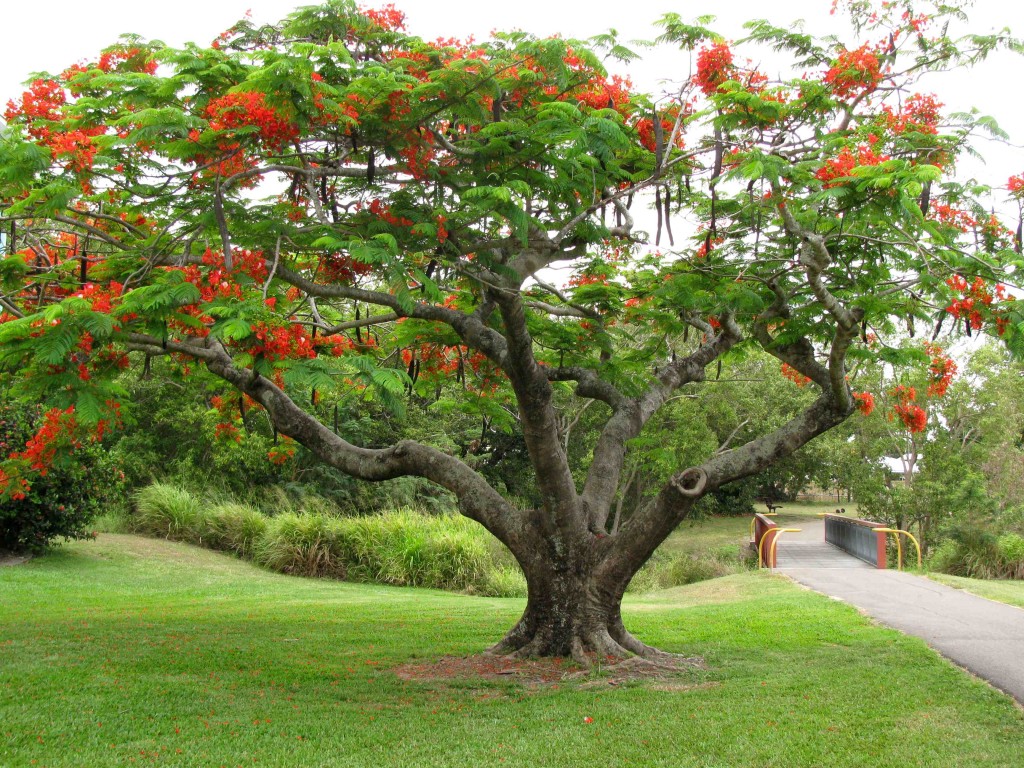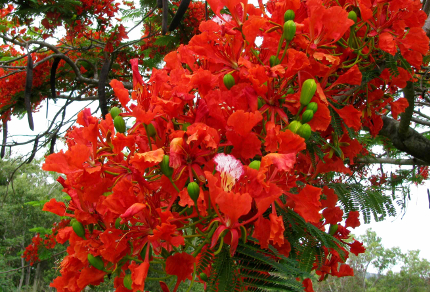Writing this blog is forever a game of catch-up. Vilis’s and my recent adventures in the desert, Daintree, and on the great Barrier Reef punched big holes in my writing time, but provided exciting topics to write about and stunning photographs to give readers a glimpse into the many beauties of Australia. So, my days have juggled writing about the past even as life moves on. However, at last I’ve caught up all the missing posts preceeding today, so please check out the following six newly-published posts: September 22 – Doves and Pigeons; September 23 – Thoughts on Spring Equinox in Oz; September 24 – To the Red Centre – Townsville to Mount Isa; September 25 – To the Red Centre – Mount Isa to Alice Springs; September 26 – The Red Centre – Alice Springs Desert Park and East MacDonnell Range; and September 27 – The Red Centre – Trephina and Ormiston Gorges. Within the past couple of days, I also completed last week’s posts from the Daintree and Reef, so don’t miss those.
Now, on to today’s topic, which is poincianas and the thoughts inspired by them. This afternoon, after a morning of intense writing, I cycled the Ross River Parkway alongside Townsville Golf Course and into Bicentennial Park and noticed that the poincianas which grace the parkway and so many Townsvillian backyards are once again in bloom. Elegant even when not in blossom, these urban favourites native to Madagascar spread open, kinked boughs wide beneath a canopy of feathery, bright-green leaves. Long, blackish seed pods dangle from branches like bulky blades, and now, as in December when Vilis and I arrived in this country, flaming scarlet flowers adorn the trees’ canopies.

Poinciana Tree, Townsville (© Magi Nams)
Back in December, the scarlet flames were rather sodden, our arrival coinciding with the first deluge of the Wet. Yet, I distinctly recall how the beauty of these trees struck me even while I romped in the park in the pounding rain. Not another soul was in the park in that rain, which I suppose I could liken to Canadians sitting inside by the fire while a newly-arrived tropical Australian plays in a snowstorm.

Poinciana Blossoms (© Magi Nams)
In addition to gracing this city with stunning beauty, poincianas offer shelter and nesting habitat for many birds. I spotted my first pheasant coucal skulking on a wood fence beneath a flowering poinciana, the swashbuckling but slightly clumsy bird presenting a striking foil to the tree’s rich loveliness. In the months since then, I’ve observed, in addition to pheasant coucals, a whole suite of honeyeaters, as well as mynas, cuckoo-shrikes, mistletoebirds, and peaceful doves in parkway poincianas. Great bowerbirds fly into them secretively. Peaceful doves build nests in them. On two occasions I’ve seen a blue-winged kookaburra enter a nest hole in a lopped-off branch of a poinciana near the one shown in the above photograph.
Poincianas are endangered in the wild in Madagascar, where they are an endemic species, but they are grown as ornamentals in many tropical regions of the world.1 In Australia, poincianas are well-loved garden and park species, but are also classified as a weed species because garden escapes produce dense thickets of trees that shade out native plants or invade agricultural land.2 Thus, in this case, beauty is also a beast.

Poinciana Flowers and Seed Pods (© Magi Nams)
References:
1. Wikipedia. Delonix regia. Updated 7-Nov-2010. Accessed 9-Nov-2010. http://en.wikipedia.org/wiki/Delonix_regia
2. National Weeds Strategy. Weed Identification: Australia – Poinciana. © Australian Weeds Committee. Accessed 9-Nov-2010. http://www.weeds.org.au/cgi-bin/weedident.cgi?tpl=plant.tpl&ibra=all&card=E40


